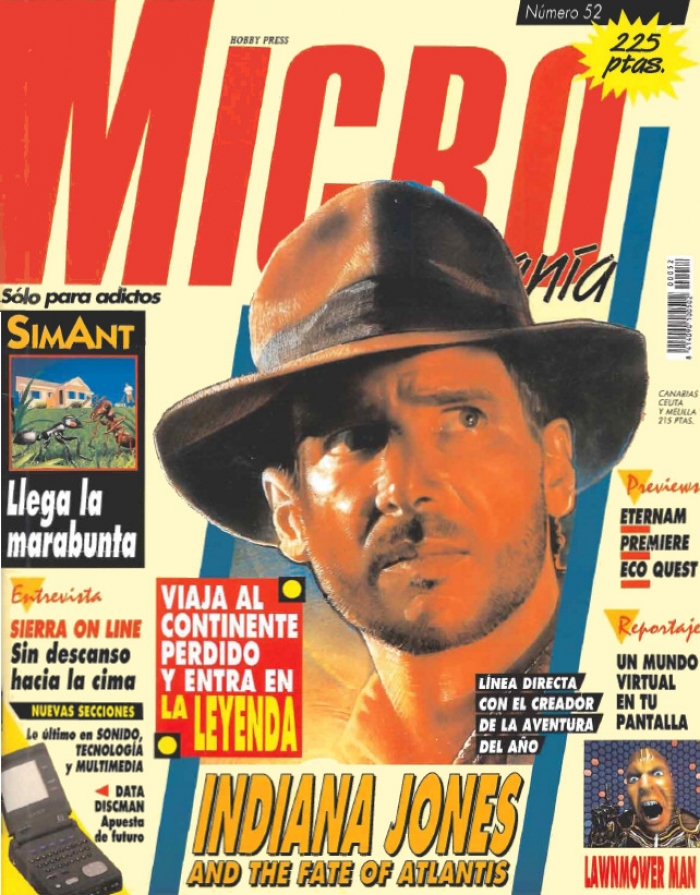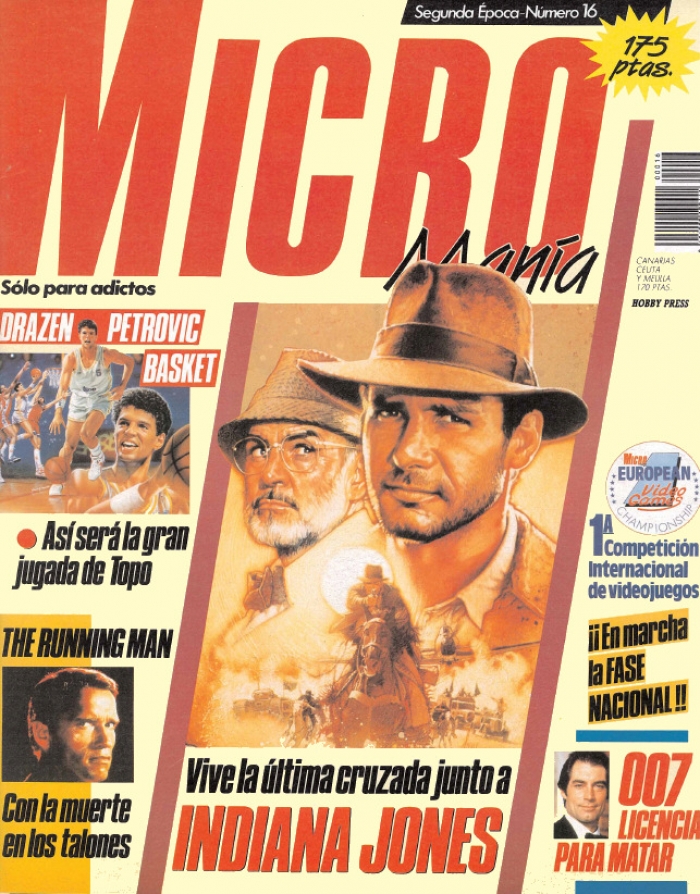https://www.eurogamer.net/articles/digitalfoundry-2018-revisiting-sonic-cd-retro
DF Retro: Sonic CD - under-appreciated but still brilliant today
A tale of two Sonic Teams.
In 1991, Sonic the Hedgehog burst onto the scene, forever changing the gaming landscape in the process. With its high-speed action and eye-popping visuals, Sonic helped rocket Sega's 16-bit console to the top of the charts - but something else was on the horizon... a sequel focused on the Mega CD add-on, shifting to shorter, exploration focused levels with a new time travel gimmick. Sonic's Mega CD outing remains an ambitious side-step in the series, and the history behind its development is fascinating. For a start, the reality is that it was created by a second Sonic Team in Japan, while a US-based Sonic Team produced the true series sequel in parallel.
The story of Sonic CD kicks off in the aftermath of Sonic the Hedgehog's enormously successful debut. Sega's first CD-ROM system - the Mega CD - had just launched in Japan and naturally, Sega wanted to capitalise on this by bringing the speedy blue hedgehog to its new cutting-edge CD-based hardware. There was just one problem: Yuji Naka, lead programmer and project manager on Sonic the Hedgehog, had grown unhappy with Sega management and had left the company.
DF Retro: Sonic CD - under-appreciated but still brilliant today
A tale of two Sonic Teams.
In 1991, Sonic the Hedgehog burst onto the scene, forever changing the gaming landscape in the process. With its high-speed action and eye-popping visuals, Sonic helped rocket Sega's 16-bit console to the top of the charts - but something else was on the horizon... a sequel focused on the Mega CD add-on, shifting to shorter, exploration focused levels with a new time travel gimmick. Sonic's Mega CD outing remains an ambitious side-step in the series, and the history behind its development is fascinating. For a start, the reality is that it was created by a second Sonic Team in Japan, while a US-based Sonic Team produced the true series sequel in parallel.
The story of Sonic CD kicks off in the aftermath of Sonic the Hedgehog's enormously successful debut. Sega's first CD-ROM system - the Mega CD - had just launched in Japan and naturally, Sega wanted to capitalise on this by bringing the speedy blue hedgehog to its new cutting-edge CD-based hardware. There was just one problem: Yuji Naka, lead programmer and project manager on Sonic the Hedgehog, had grown unhappy with Sega management and had left the company.












